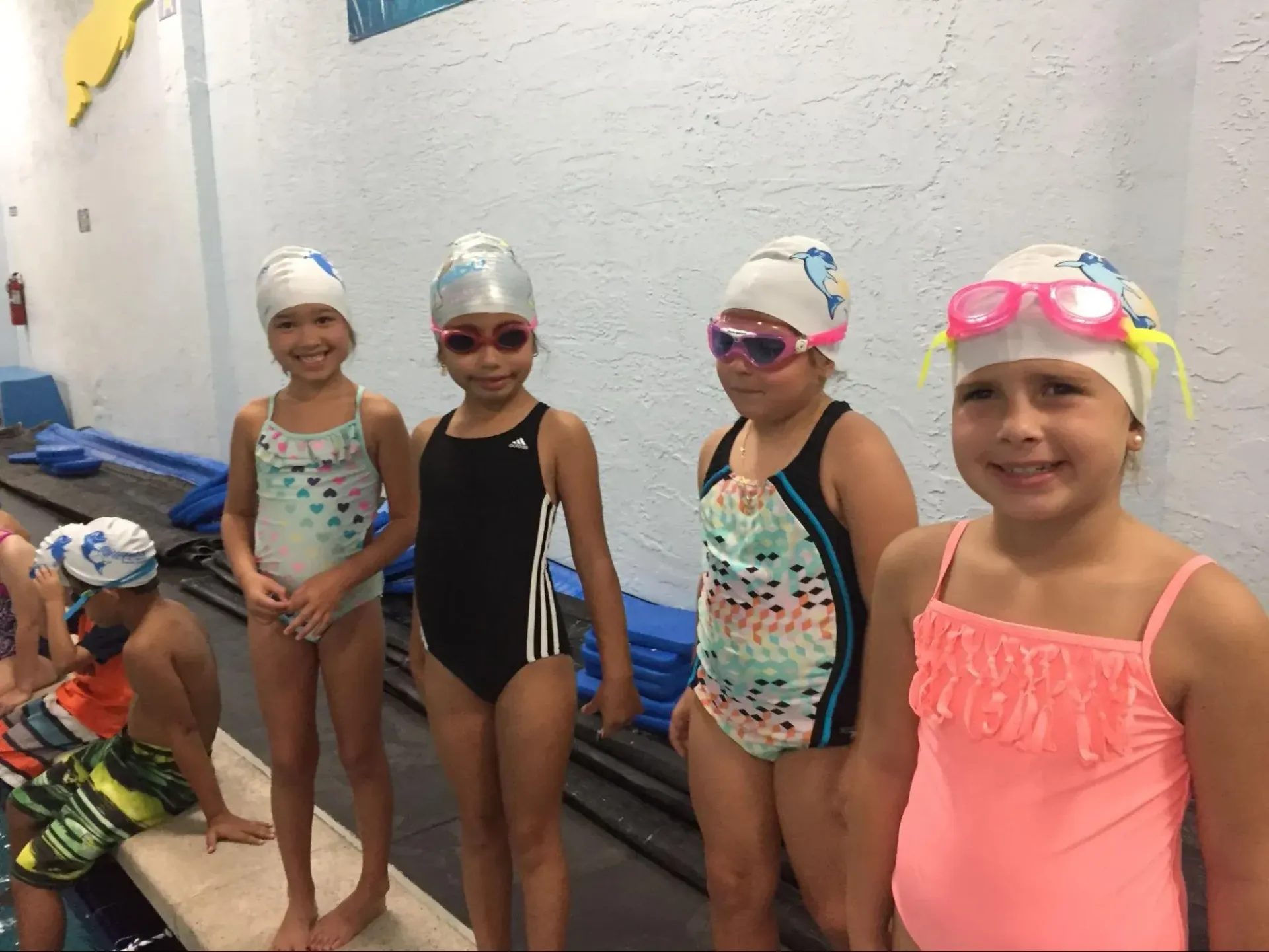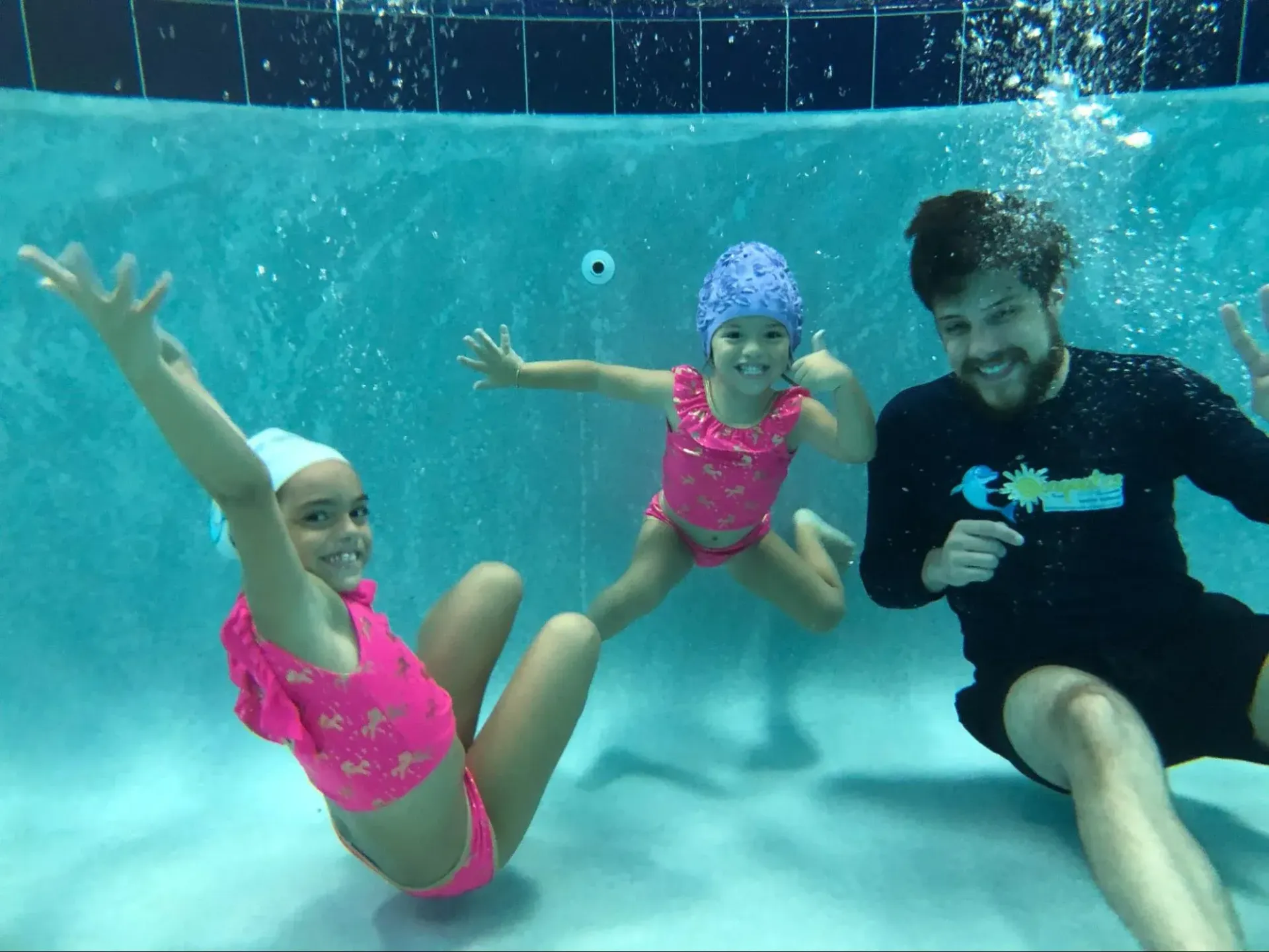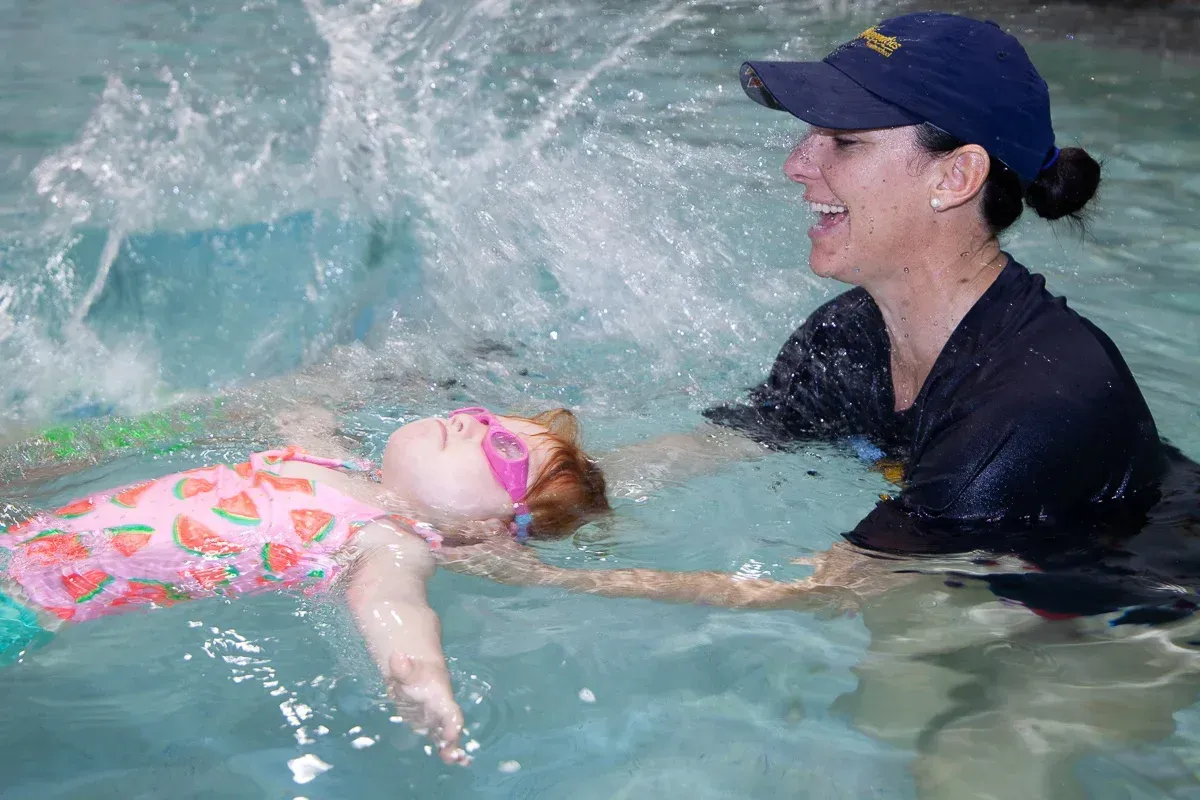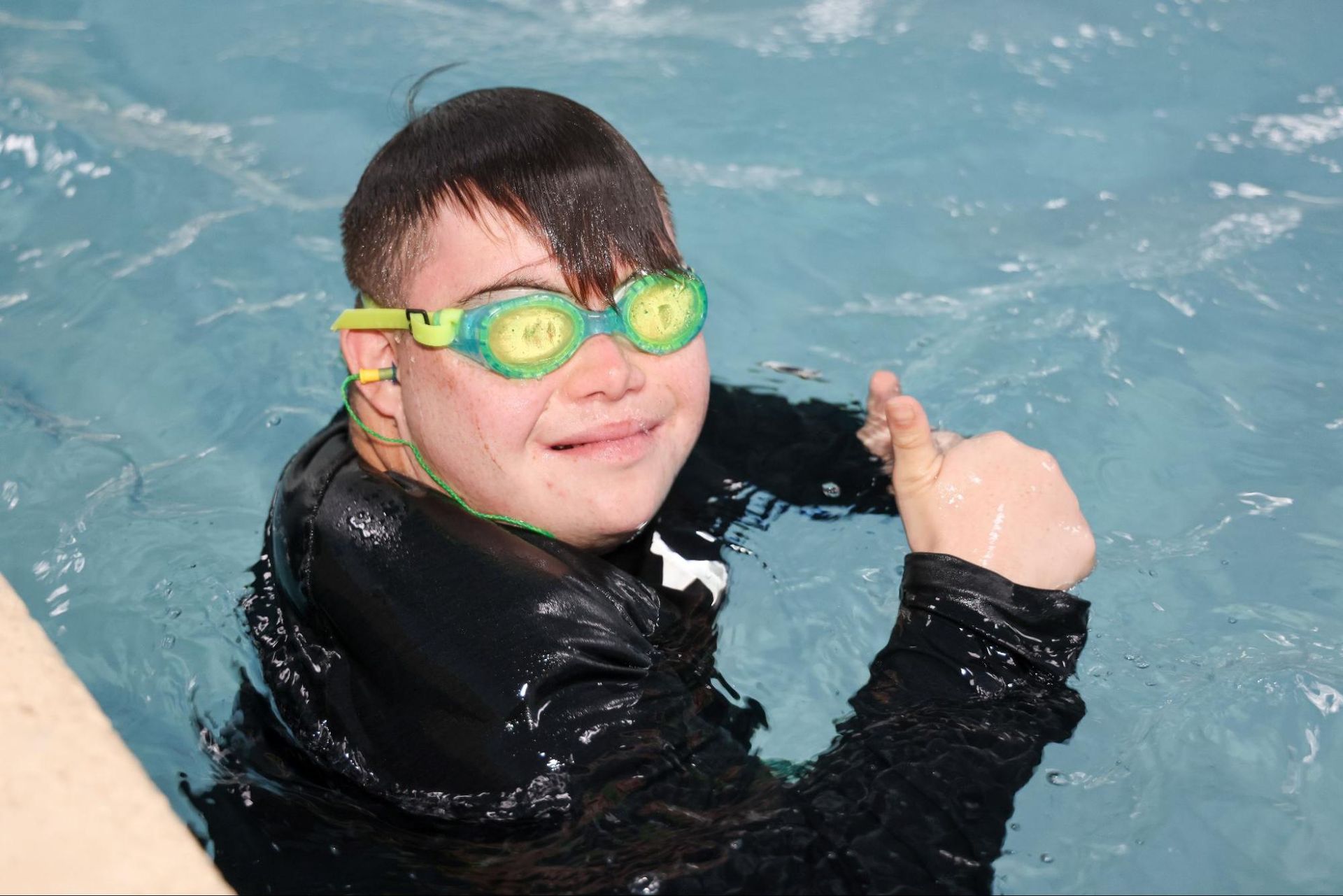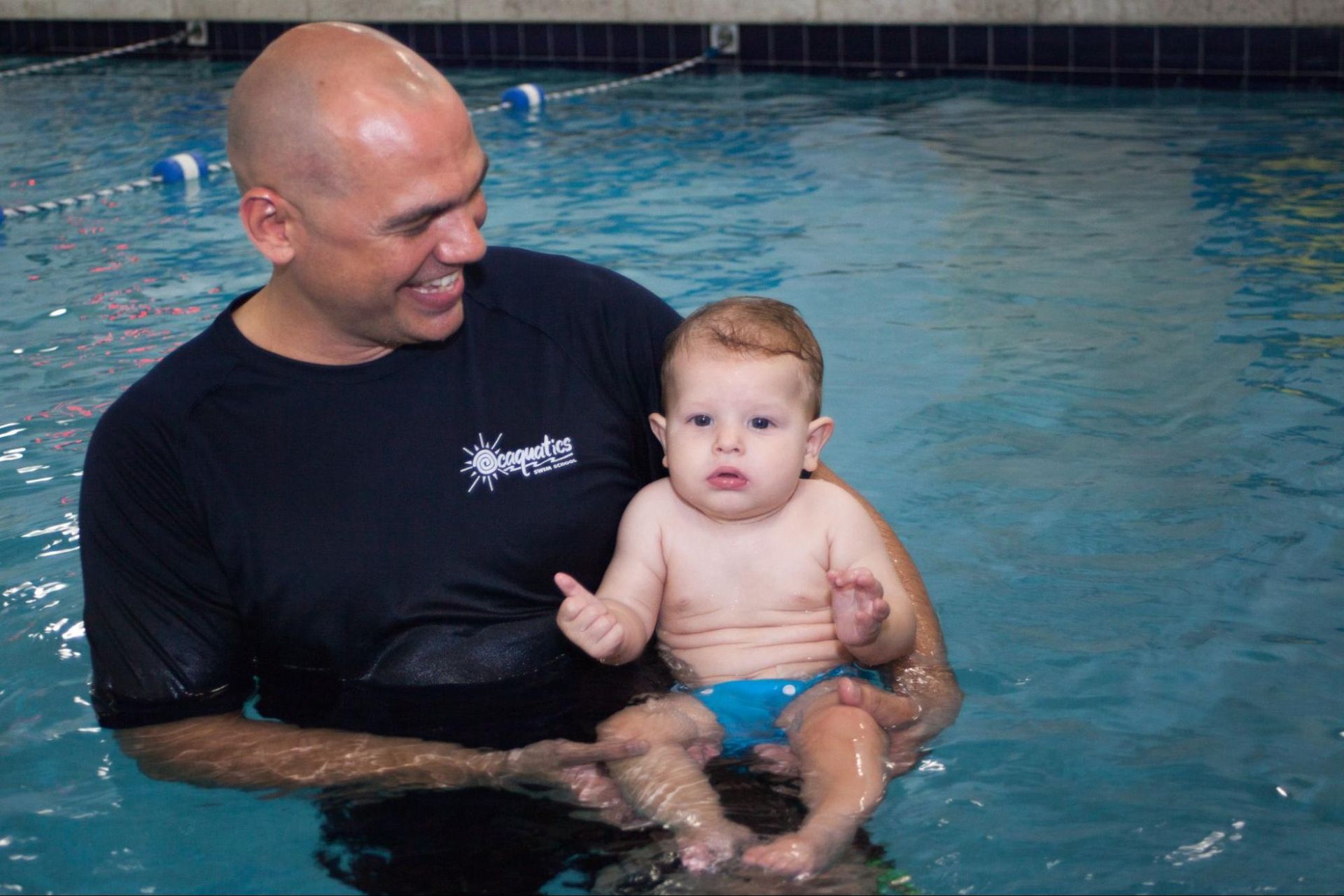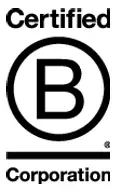How to teach a toddler to hold their breath underwater?
Teaching toddlers to hold their breath underwater is a crucial early step in developing water safety skills and building confidence in young swimmers. When toddlers learn to control their breath safely, they become more comfortable with submersion, which reduces fear and helps prevent accidental inhalation of water. This foundational skill not only promotes safety but also prepares little ones for more advanced swimming techniques as they grow.
Ocaquatics Swim School, a trusted leader in swim education, plays a vital role in guiding families through this early learning phase. With years of experience and a commitment to water safety, Ocaquatics specializes in teaching toddlers how to hold their breath underwater in a gentle, supportive environment. Their programs focus on gradual water familiarization, making the process enjoyable and stress-free for both children and parents.
Ocaquatics employs proven techniques in our swimming lessons, such as playful breath control exercises, face submersion games, and step-by-step guidance from licensed instructors. Who doesn’t love to blow bubbles? These methods ensure toddlers develop this essential skill safely, setting the stage for confident, lifelong swimmers.
The Importance of Water Safety for Toddlers
Teaching water safety to toddlers is essential to help your child learn how to navigate aquatic environments safely. Toddlers are naturally curious and eager to explore, but the pool can present hidden dangers if they aren’t properly prepared.
It’s important to begin water safety education early, introducing basic skills that build confidence and awareness. One of the first steps is helping toddlers become comfortable putting their head underwater and holding their breath, which can prevent panic and accidental inhalation of water.
Regular practice in a safe, supervised setting allows toddlers to develop these skills gradually, reinforcing their ability to stay calm and respond appropriately around water. Water safety isn’t just about swimming—it’s about teaching toddlers how to respect the pool environment and understand the risks involved. By starting early to learn how to swim and practicing consistently, you give your child the tools they need to enjoy the water safely now and as they grow.
What Age Should a Toddler Begin to Swim?
Toddlers can begin swim lessons as early as six months old, focusing initially on water familiarization and basic safety skills rather than formal swimming techniques. At this young age, the goal is to help toddlers become comfortable in the water, learn to hold their breath underwater, and develop essential safety habits in a fun, supportive environment.
Ocaquatics offers specialized infant and toddler programs designed to introduce water play and basic movements gradually.
By around 2 to 3 years old, toddlers are typically ready for more structured swim lessons that build on these early skills with basic strokes, floating, and breath control. Starting swim lessons early not only promotes physical development but also instills important water safety awareness from a young age. Ultimately, beginning swim education during toddlerhood lays a strong foundation for confident, capable swimmers as children grow.
Step-by-Step Guide to Encourage Toddlers to Hold Their Breath Underwater
Teaching toddlers to hold their breath underwater is an important milestone in water safety and swim readiness. It helps kids become comfortable with submersion and builds confidence, setting the stage for more advanced swimming skills. This step-by-step guide uses simple, playful techniques to help toddlers learn this vital skill safely and enjoyably.
Step 1: Create a Comfortable Environment
Start by ensuring your toddler feels safe and relaxed in the water. A warm, calm pool setting is ideal. Begin with gentle water play, such as splashing and floating, to build trust. Use a “big hug” to hold your child close in the water, providing reassurance and security. This physical closeness helps them feel safe and supported as they get used to the water.
Step 2: Introduce Face Wetting and Pouring Water
Before encouraging breath-holding, toddlers need to get comfortable with water on their faces. Gently pour small amounts of water over their forehead, cheeks, and chin using your hand or a cup. This familiarizes them with the sensation and reduces the shock of water contact. Encourage them to keep their mouth closed and breathe through their nose during this step to prepare for breath control.
Step 3: Teach Blowing Bubbles
Blowing bubbles is a fun and effective way to teach toddlers how to control their breath. Encourage your child to put their mouth in the water and blow out gently, creating bubbles. This teaches them to exhale underwater and helps them practice keeping their mouth closed while releasing air. Make it a playful game to keep them engaged and relaxed.
Step 4: Practice Holding Breath with Mouth and Nose
Once your toddler is comfortable with blowing bubbles, introduce breath-holding exercises. Ask them to take a deep breath through their mouth and nose, then hold it while you gently submerge their face underwater for a short count, such as “one, two, three.” Keep the count brief initially to avoid discomfort. Always watch for signs that your child is relaxed and ready to try again.
Step 5: Use Counting to Build Duration
Gradually increase the length of time your toddler holds their breath underwater by counting slowly and encouraging them to relax. Counting aloud gives them a sense of timing and achievement. Celebrate their efforts with smiles and praise when they successfully hold their breath for longer periods.
Step 6: Combine Breath-Holding with Submersion Games
Incorporate breath-holding into playful underwater games, such as retrieving toys or “swimming” short distances. This helps toddlers associate breath control with fun activities, making learning enjoyable and less intimidating. Always keep sessions short and positive to maintain their interest.
Step 7: Reinforce Safety and Comfort
Throughout the process, remind your toddler to relax and take their time. Never force them to hold their breath or stay underwater longer than they’re comfortable. Use the “big hug” technique whenever they need reassurance. Teaching kids to hold their breath safely is about gradual progress and building trust.
By following these steps—creating a secure environment, introducing water on the face, practicing blowing bubbles, and gradually increasing breath-holding time—toddlers can learn to hold their breath underwater confidently. The idea is that with patience and consistent practice, you’ll help your child develop a key water safety skill that supports their growth as a confident swimmer.
Bring the Little One in Your Life to Ocaquatics for Toddler Swim Class
The first time in the water doesn’t have to be scary. Give your toddler the gift of water confidence and safety by enrolling them in swim classes at Ocaquatics Swim School.
Our expert instructors specialize in teaching young children essential skills like breath control, floating, and basic swimming techniques—all in a fun, nurturing environment designed just for little learners. Starting swim lessons early helps toddlers become comfortable in the water, reduces fear, and builds important safety habits that can last a lifetime.
At Ocaquatics, we prioritize gentle, supportive teaching methods that keep your child relaxed and engaged while developing their abilities. With warm, indoor pools and a focus on safety, your toddler will enjoy every step of their swimming journey. Don’t wait—sign your toddler up today and watch them grow into a confident, capable swimmer.
Join the Ocaquatics family and give your child the skills and confidence to enjoy the water safely for years to come!





